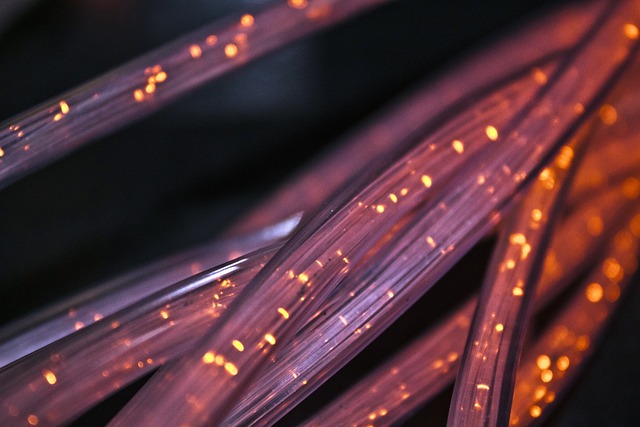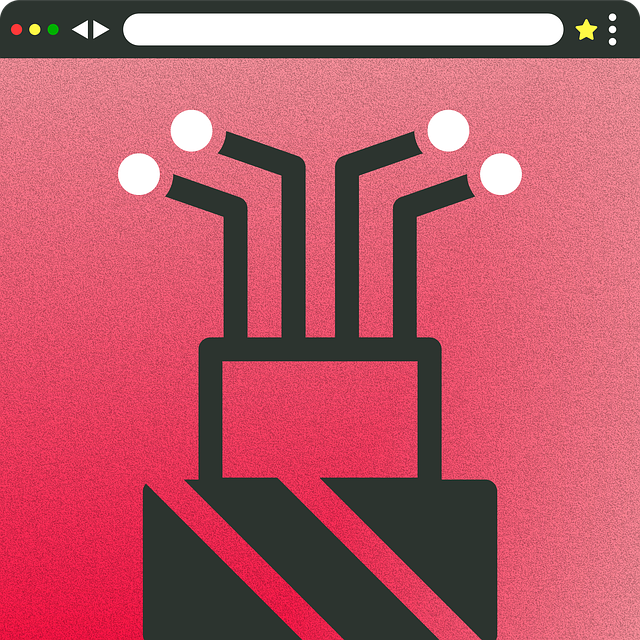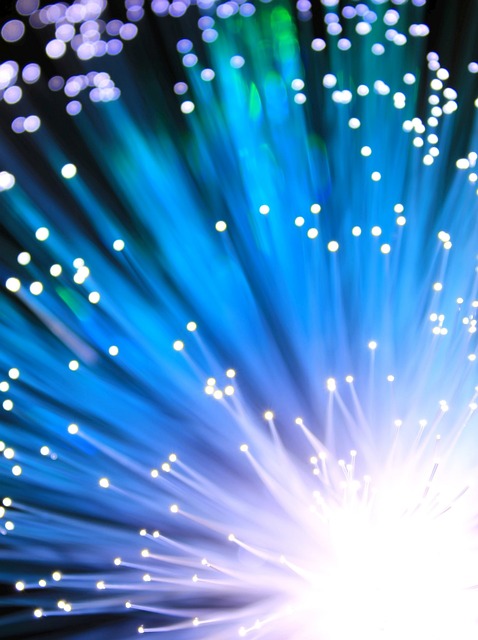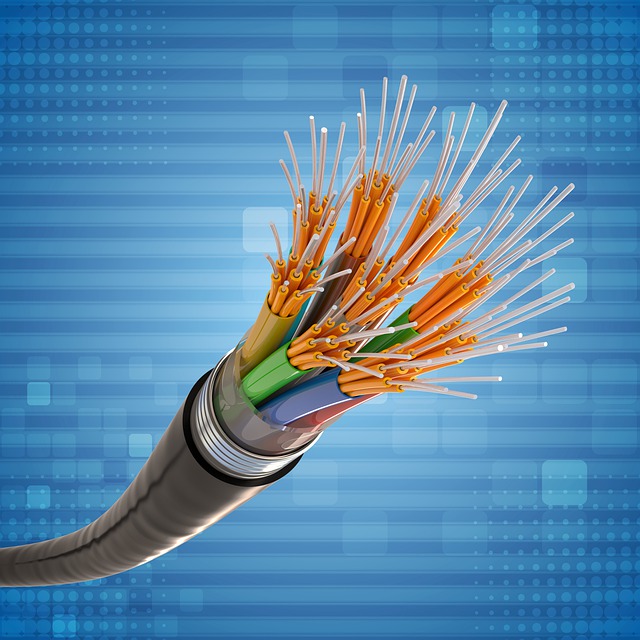In today’s digital age, internet connectivity has become a crucial part of our everyday lives. As we continue to rely more on the internet for work, entertainment, and communication, having a reliable and high-speed internet connection is essential. This is where fiber internet comes into play. In this article, we will delve into the world of fiber internet, exploring its benefits, how it works, how to choose the right provider, comparing speeds, and looking ahead at future trends in fiber internet technology. Join us as we uncover the power of fiber internet and how it can revolutionize your online experience.
- 1. The Benefits of Fiber Internet
- 2. How Fiber Internet Works
- 3. Choosing the Right Fiber Internet Provider
- 4. Comparing Fiber Internet Speeds
- 5. Future Trends in Fiber Internet Technology
1. The Benefits of Fiber Internet

Fiber internet offers numerous benefits compared to traditional internet connections. One of the main advantages of fiber internet is its speed. Fiber optic cables can transmit data at incredibly high speeds, making tasks such as streaming, gaming, and downloading large files much faster and more efficient.
Additionally, fiber internet provides greater reliability and stability. Because fiber optic cables are made of glass and do not rely on electrical signals, they are less susceptible to interference from external factors such as weather or electromagnetic signals. This means that fiber internet users are less likely to experience outages or slowdowns.
Another benefit of fiber internet is its increased bandwidth capacity. This allows multiple devices to connect to the internet simultaneously without a decrease in speed or performance. This is particularly beneficial for households with multiple users or businesses with high data demands.
Furthermore, fiber internet offers lower latency, meaning data can be transmitted more quickly between devices. This is essential for real-time applications such as video conferencing, online gaming, and cloud computing.
Overall, the benefits of fiber internet make it a superior choice for those who require fast, reliable, and high-performance internet connections.
2. How Fiber Internet Works

Fiber internet works by using fiber-optic cables to transmit data at incredibly high speeds. These cables are made up of thin strands of glass or plastic that are capable of carrying data in the form of light pulses. These pulses travel at the speed of light, allowing for faster and more reliable internet connections compared to traditional copper wire connections.
When a user sends a request for data, such as loading a website or streaming a video, the data is converted into light signals that travel through the fiber-optic cables to the internet service provider’s network. From there, the data is routed to its destination and the requested information is sent back to the user in a matter of milliseconds.
Fiber internet is able to provide much faster download and upload speeds compared to other types of internet connections, making it ideal for activities that require high bandwidth such as video streaming, online gaming, and video conferencing. Additionally, fiber internet is also more resistant to interference and signal degradation, resulting in a more reliable connection overall.
3. Choosing the Right Fiber Internet Provider

Choosing the right fiber internet provider is an important decision that can greatly impact your internet experience. When looking for a fiber internet provider, there are several factors to consider.
First, consider the speed and reliability of the provider’s network. Make sure the provider offers the speeds you need for your online activities, whether it be streaming, gaming, or working from home. Additionally, look for reviews and recommendations from current customers to get an idea of the provider’s reliability and customer service.
Next, consider the availability of the provider in your area. Not all fiber internet providers have coverage in every location, so make sure the provider you are considering serves your area. You can check their website or contact their customer service to inquire about availability.
Lastly, consider the pricing and packages offered by the provider. Compare the costs and features of different providers to find the best fit for your budget and internet needs. Keep in mind that some providers may offer promotional deals or bundle packages that can help you save money.
Overall, it’s important to research and compare different fiber internet providers to ensure you choose the right one for your needs. By considering factors such as speed, reliability, availability, and pricing, you can find a provider that offers a high-quality internet experience.
4. Comparing Fiber Internet Speeds

Fiber internet is known for its high speeds, making it a popular choice for those who require fast and reliable internet connections. When comparing fiber internet speeds, it’s important to understand that fiber optic cables are capable of transmitting data at much higher speeds than traditional copper cables used for DSL or cable connections.
Fiber internet speeds can vary depending on the provider and the specific package that a customer chooses. However, in general, fiber internet can offer speeds ranging from 100 Mbps to 1 Gbps (1000 Mbps) or even higher. This means that with fiber internet, users can enjoy faster download and upload speeds, leading to smoother streaming, quicker downloads, and better overall performance for online activities.
When comparing fiber internet speeds to other types of internet connections, it’s clear that fiber offers a significant advantage in terms of speed. DSL and cable internet connections typically offer much lower speeds, with DSL speeds usually ranging from 1-100 Mbps and cable speeds ranging from 10-500 Mbps. This means that fiber internet users can experience faster and more reliable internet performance compared to those using DSL or cable connections.
In conclusion, when comparing fiber internet speeds to other types of internet connections, it’s evident that fiber offers faster and more reliable speeds. With fiber internet, users can enjoy high-speed connections that enable them to stream, download, and browse the internet with ease.
5. Future Trends in Fiber Internet Technology

Fiber internet technology is constantly evolving and improving to meet the growing demands of consumers and businesses. One of the major future trends in fiber internet technology is the expansion of fiber networks to more areas around the world. As more and more people rely on high-speed internet for work, entertainment, and communication, there is a growing need for reliable and fast fiber internet connections.
Another future trend in fiber internet technology is the development of new technologies that will further increase the speed and efficiency of fiber networks. This could include advancements in fiber optics technology, such as the use of new materials and manufacturing techniques to create faster and more reliable fiber optic cables.
Additionally, the adoption of 5G technology is expected to have a significant impact on fiber internet technology. As 5G networks become more widespread, there will be increased demand for fiber backhaul connections to support the high speeds and low latency of 5G networks.
Overall, the future of fiber internet technology looks promising, with continued advancements in speed, reliability, and coverage. As more people rely on high-speed internet for everyday tasks, the demand for fiber internet connections will only continue to grow, driving further innovation in the industry.


























